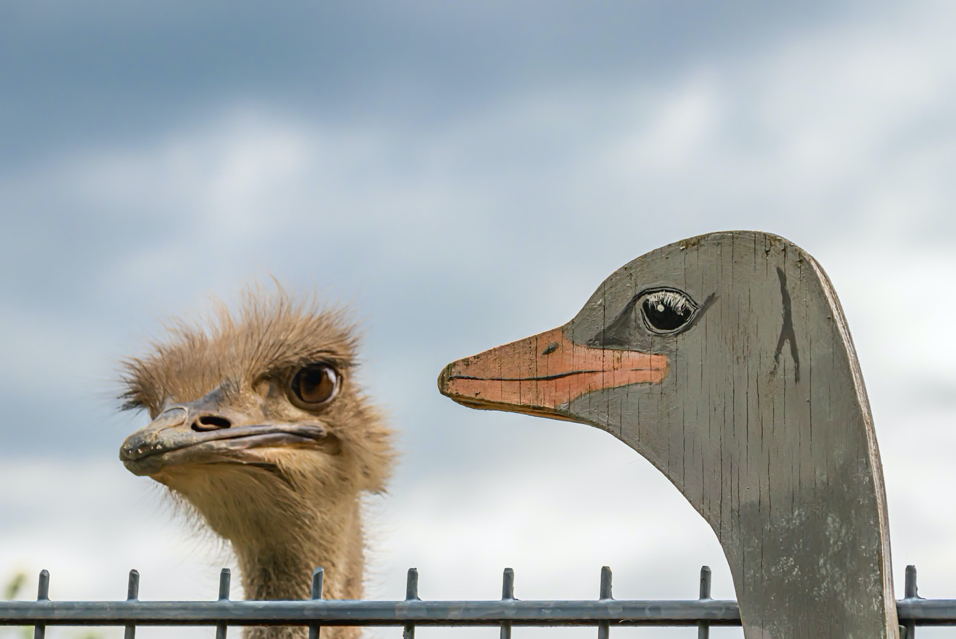Sometimes images are manipulated to create Fake News and generating miscommunication.
To check the integrity of an image before sharing it online and identify the fake news there are some important details to pay attention for.
An important aspect is that the digital images often contain rich metadata that can provide clues as to their provenance and authenticity.
What is a metadata?
The metadata for a digital image includes the camera make and model, camera settings like aperture size and exposure time, the date and time when the image was captured, the GPS location where the image was captured, and much more. The metadata is stored in the image file and can be readily extracted with various programs.
To find how some fake viral images can be identified there are some useful tips to help you spot the fraud[1] and if you know how to use Photoshop, you are lucky as you can notice more inconsistencies and manipulation:
- REFLECTIONS
If you see the shadow on the picture, but you still have doubts, draw a line from one point on an object to the corresponding point on its shadow for several objects on the image. All lines should converge on the light source.
- LOW QUALITY
Some images can appear blurred around the edges and this shows how the quality was intentionally reduced but not uniformly.
- SAME PATTERNS
One area of the image can be copied and insert it somewhere else and come cloning errors are quickly spotted.
- CHECK THE SHADOWS AND PROPORTIONS
An object from one image can be inserted into another image, so you need to pay attention to colors, brightness, and contrast matched between the different parts.
- IMAGE METADATA
Some webpages allow you to dig deeper in the image and check its metadata, like where and how the image was taken.
- REVERSE IMAGE
If the image has already been debunked, an effective and simple way is a reverse image search on Google or TinEye to see how an image has previously been used or similar images are part of a vast database.
- TONES AND COLORS
Unnatural colors can be another reason to doubt the integrity of a photo.
Last but not least, be aware of spectacular shark photos, viral images with sharks are almost always fake, it is a bit difficult to take a real photo of a shark isn’t it?

